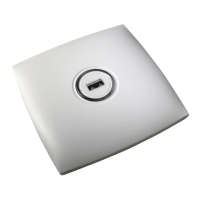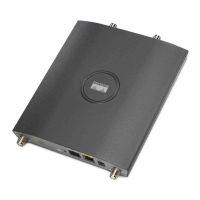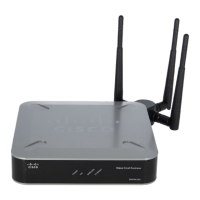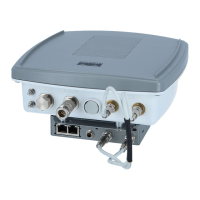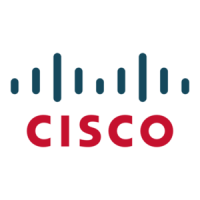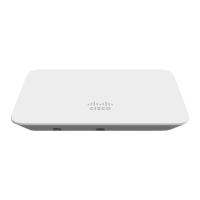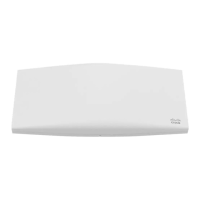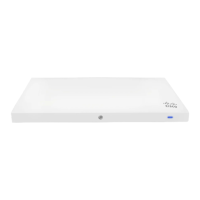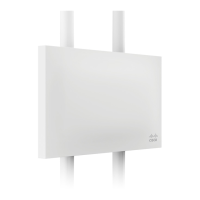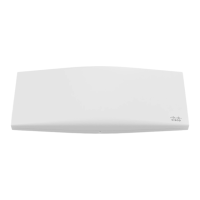Remote Debug Commands
You can log on to the mesh access point console for debugging either through a direct connection to the AP
console port or through the remote debug feature on the controller.
To invoke remote debug on the controller, enter the following commands:
(Cisco Controller) > debug ap enable ap-name
(Cisco Controller) > debug ap command command ap-name
AP Console Access
AP1500s have a console port. A console cable is not shipped with the mesh access point. For the 1550 series
access points, console ports are easily accessible and you need not open the access point box. But, for the
1520 series, you must open the hinged side of the mesh access point to access the console port and then bring
the cable outside from the Auxiliary port to connect it to the laptop.
The AP1500s have console access security embedded in the code to prevent unauthorized access on the console
port and provide enhanced security.
The login ID and password for console access are configured from the controller. You can use the following
commands to push the username/password combination to the specified mesh access point or all access points:
<Cisco Controller> config ap username cisco password cisco ?
all Configures the Username/Password for all connected APs.
<Cisco AP> Enter the name of the Cisco AP.
<Cisco Controller> config ap username cisco password cisco all
You must verify whether the username/password pushed from the controller is used as user-id and password
on the mesh access point. It is a nonvolatile setting. Once set, a login ID and password are saved in the private
configuration of the mesh access point.
Once you have a successful login, the trap is sent to the Cisco Prime Infrastructure. If a user fails to log on
three times consecutively, login failure traps are sent to the controller and Cisco Prime Infrastructure.
A mesh access point must be reset to the factory default settings before moving from one location to
another.
Caution
Cisco Mesh Access Points, Design and Deployment Guide, Release 7.3
OL-27593-01 209
Troubleshooting
Remote Debug Commands
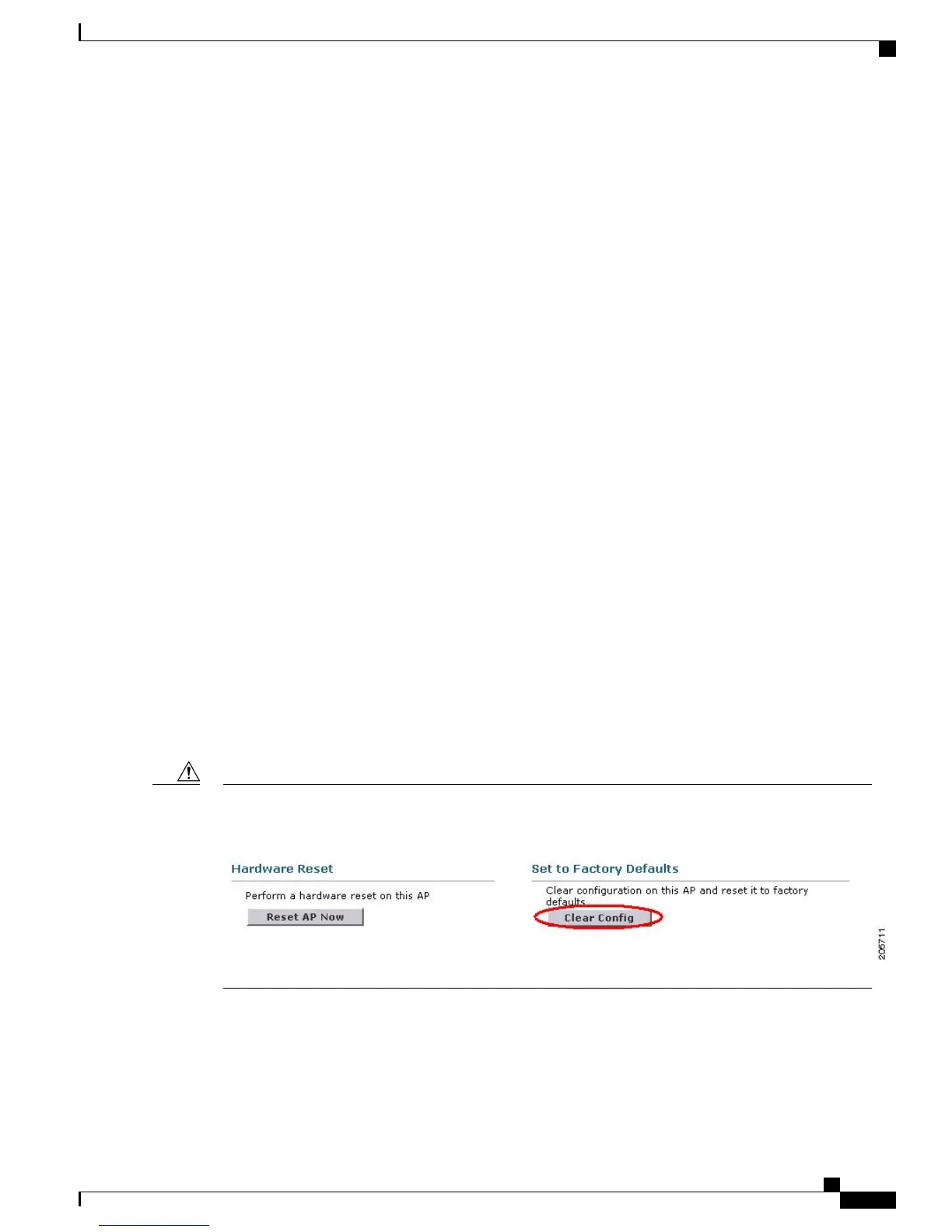